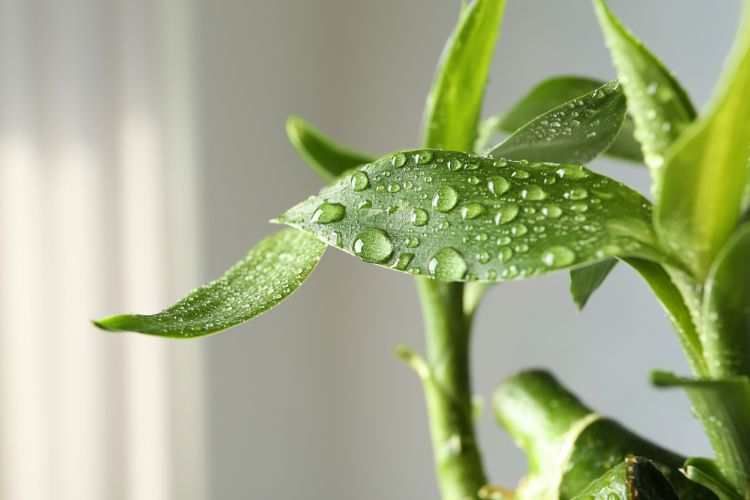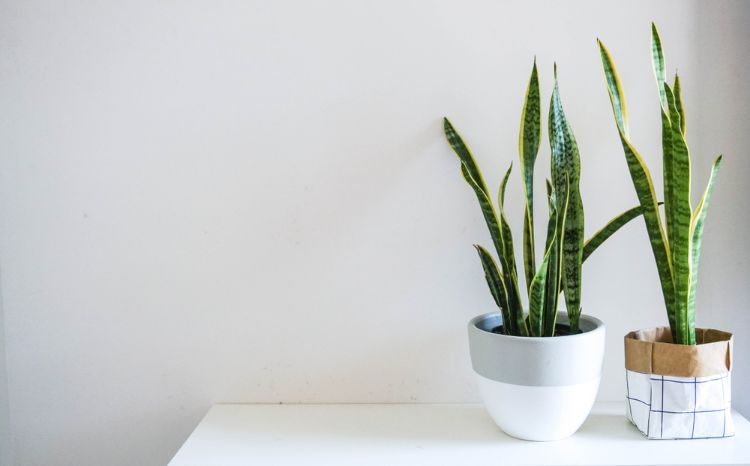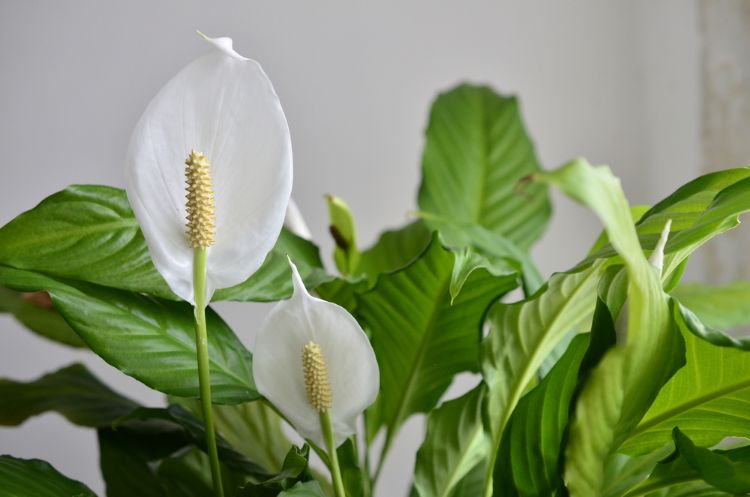Not only do houseplants add beauty and greenery to your home, they also have incredible environmental, health, and mental benefits as well. Their natural processes help to increase humidity levels, reduce airborne dust levels, and increase oxygen in the air. At the same time, they reduce carbon dioxide and help to filter certain pollutants, such as benzene and nitrogen dioxide (found in cigarette smoke). Houseplants have been known to help improve sleep, concentration, and memory acuity.
Houseplants don't have to be intimidating, though. The five described here are easy to grow and good for starters if you want to bring plants into your indoor space.
Advertisement
1. Lucky bamboo
(Dracaena sanderiana) Technically, lucky bamboo isn't a bamboo plant at all, although it highly resembles one. Lucky bamboo grows easily in water, and the canes of the plant look a lot like bamboo canes, though it has no connection to Japanese culture. Keep the roots submerged in water at all times, and if possible, water with collected rainwater or bottled mineral water once in a while. Typical tap water contains both flouride and chlorine, and can cause damage, stunting growth over time.

Shutterstock
2. Snake plant
(Sansevieria trifasciata) Also known as mother-in-law's tongue, the snake plant is extremely forgiving. They can be neglected for weeks at a time, yet continue to look good because of their thick leaves and architectural shape. The snake plant can survive low light levels, is drought tolerant, and susceptible to few insect pests.

Shutterstock
3. Spider plant
(Chlorophytum comosum) Like the others on this list, the spider plant is incredibly easy to care for. These plants prefer cooler temps and like their roots to be pretty cramped in the container. Repot only when their flesh roots become visible above the soil surface. The plant gets its name from the spider-like plants, or spiderettes, which develop from the flowers and grow into new plants. In mature plants, the flowers will emerge in spring as day length increases.

Shutterstock
4. Peace lily
(Spathiphyllum wallisii) A favorite among houseplant enthusiasts, the peace lily is known for its remarkable ability to filter and cleanse the air. The National Aeronautical and Space Administration found that it reduces indoor air pollution by up to 60 percent and is one of the agency's top 10 plants recommended to improve air quality. Peace lillies prefer medium, indirect light and will droop when needing water. They do not like cool temperatures, however, and do best when the ambient air temp is over 55 degrees. An occasional white bloom makes them a beautiful addition to any home.

Shutterstock
5. Philodendron
(Philodendron sp.) Philodendrons are some of the most tolerant, popular and durable of all the houseplant species. They prefer medium-light intensities but will do alright in low-level conditions. Keep them out of direct sunlight and let the soil dry out between waterings, especially during the winter when plant growth slows down. Some varieties are extremely fast-growing—the climbing varieties are known for this. Pinch off new growth as needed to keep the plant size manageable.
Advertisement

Shutterstock

